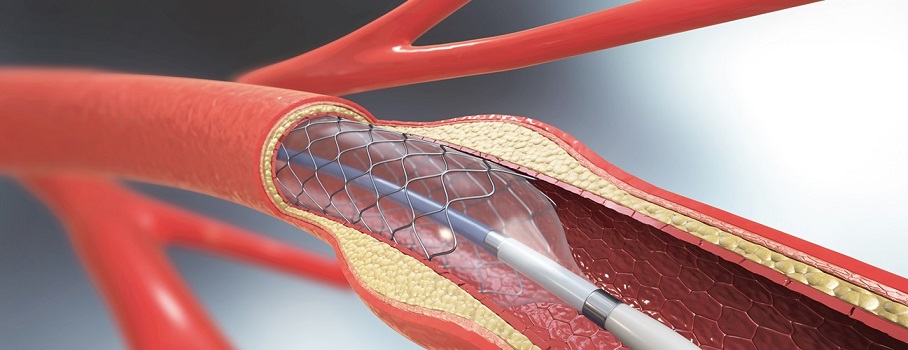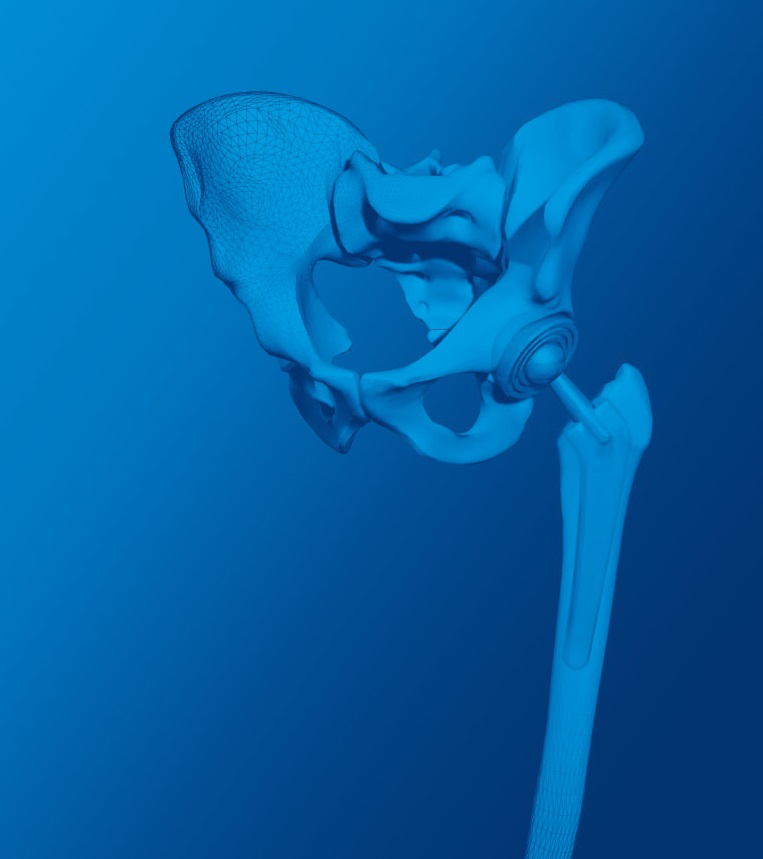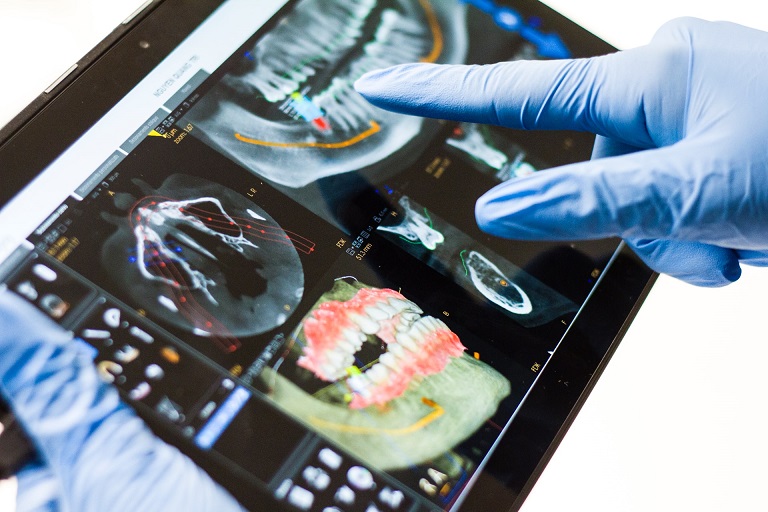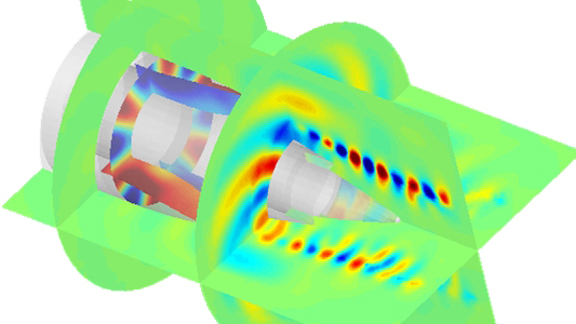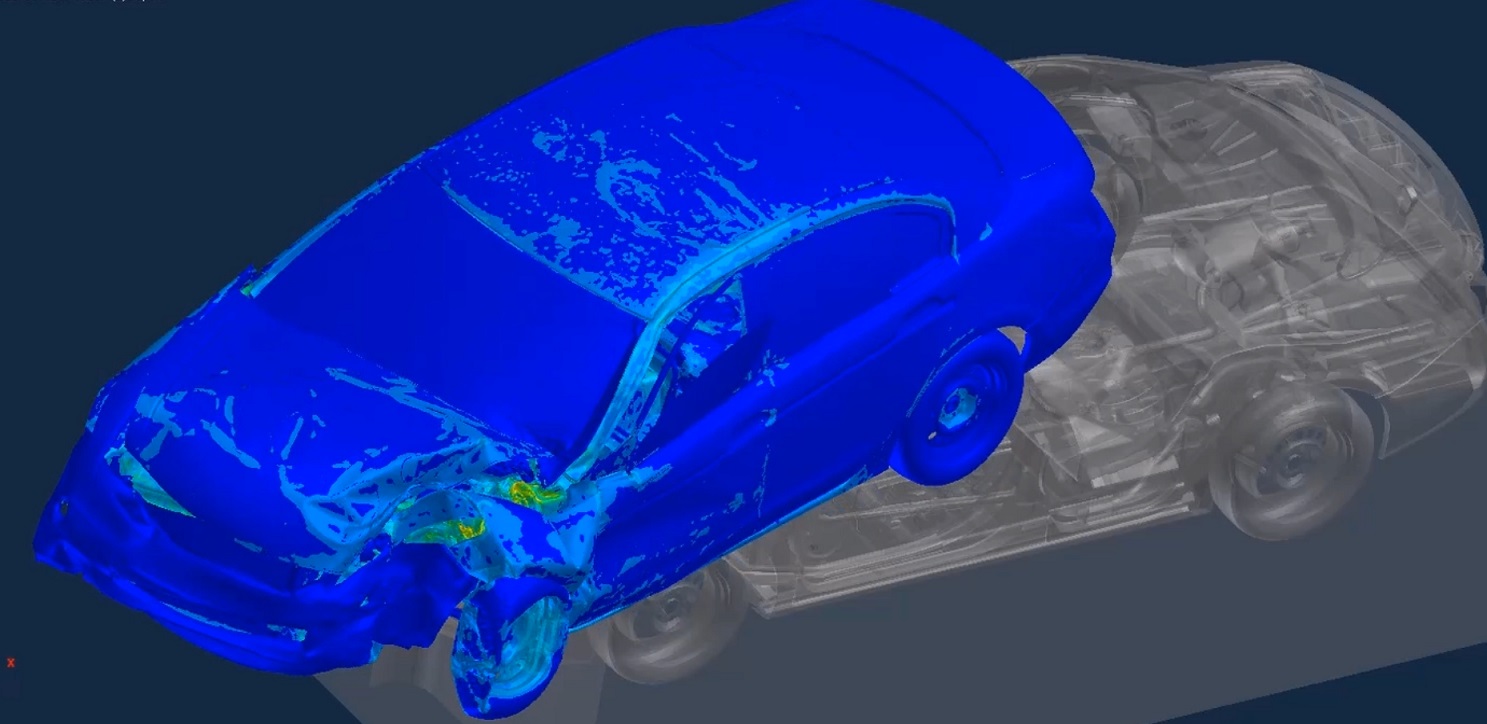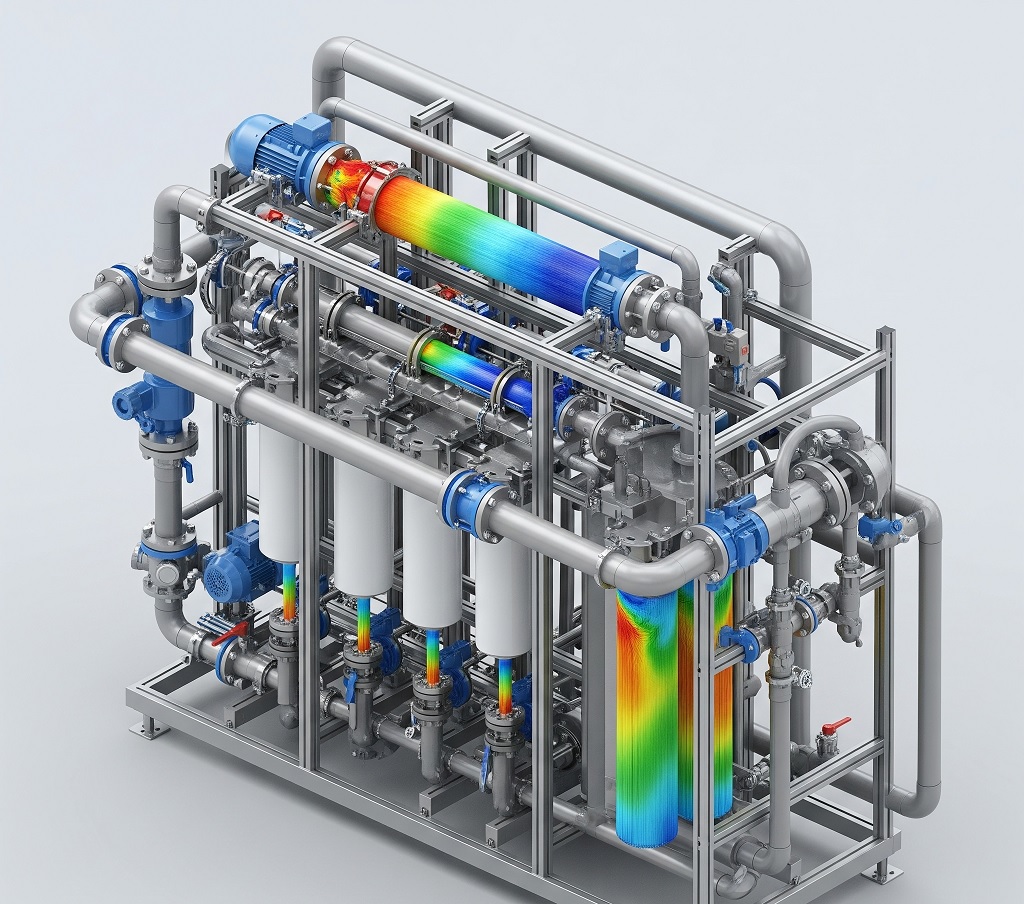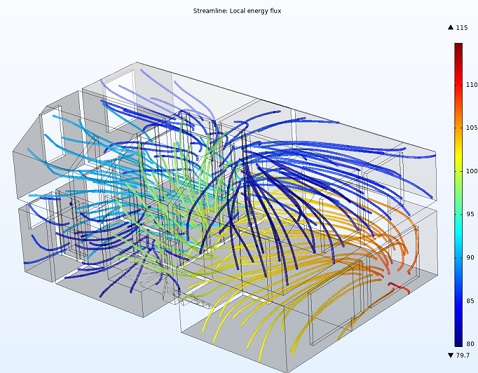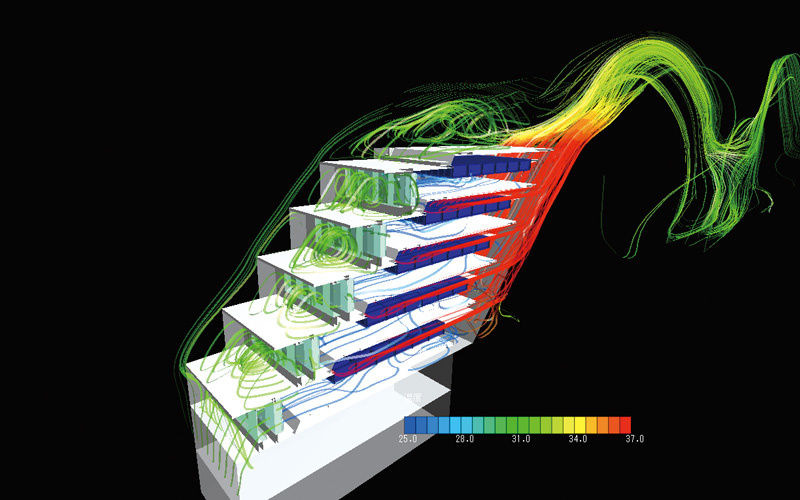Medical & Biomedical Devices
In Silico Medical & Biomedical Device Testing: Finite Element, CFD & Electromagnetic Simulation and Design
Simulation Dynamics has expertise in finite element (FE) analysis of biomaterials, containers and closures, drug delivery systems including injectors, implantable and patch pumps, medical device components. We specialize in developing and validating detailed computational models for due diligence, ideation, concept selection, requirements identification and generation, design evaluation and optimization, generating design output elements for verification.
Ocular modeling is another area where FEA is used, particularly in designing contact lenses and intraocular lenses. Soft tissue simulation is also important in the design of surgical tools and techniques, as it can help predict how tissues will react to different surgical approaches.
Finite element and CFD are also used in the packaging of medical devices, as well as in the design of electronic systems used in medical devices. They are also used in the design of knee replacements and other joint replacements, as well as in the design of hospital equipment such as patient beds and gurneys. Laser bonding and ablation catheters are other medical devices that can be designed using FEA and CFD.
Mechanical connectors, such as those used in pacemakers and defibrillators, can also be analyzed using FEA. Finite element simulation and CFD are also used in the design of vascular implants and heart valve replacements, as well as in the design of prosthetics.


